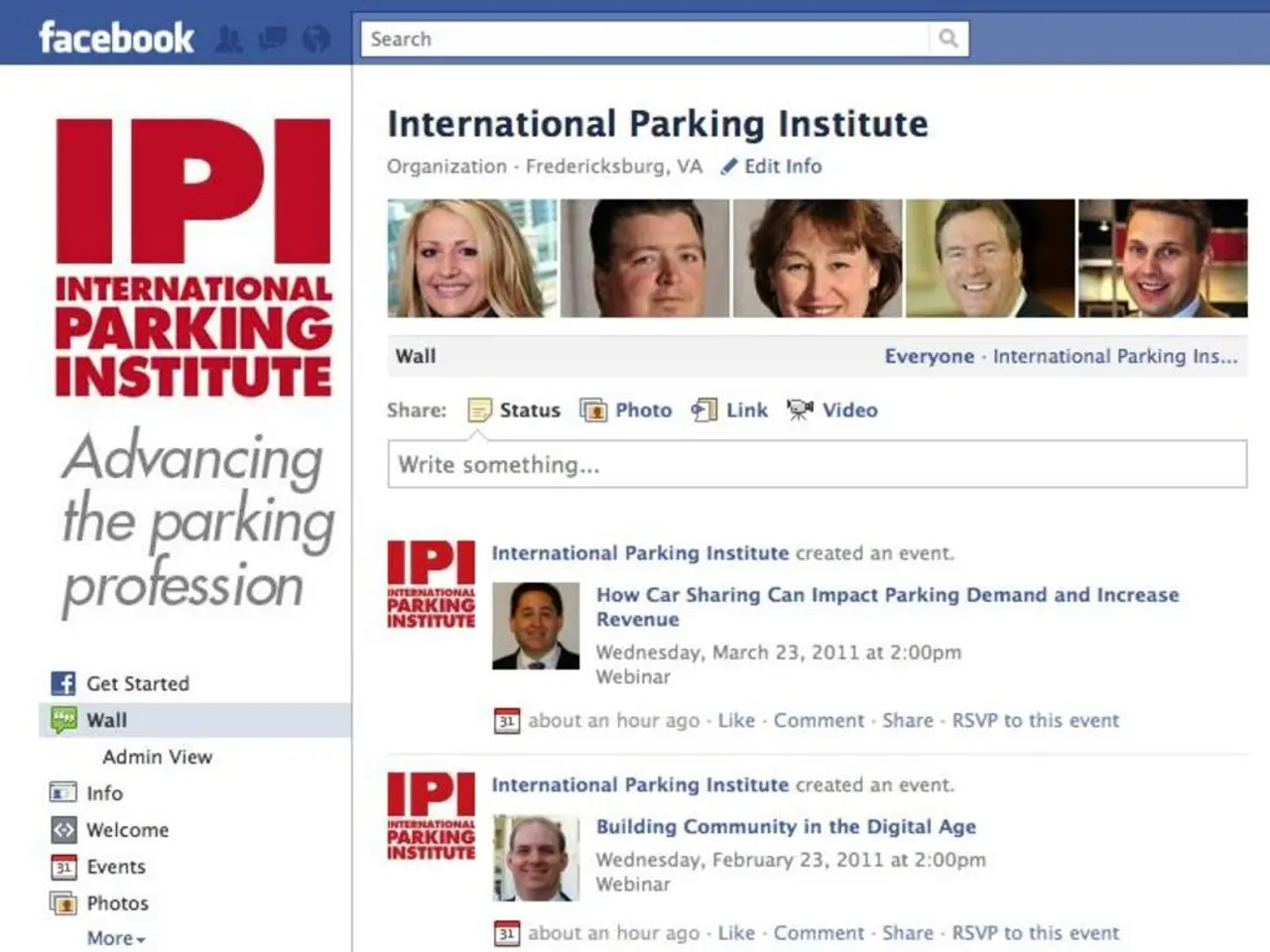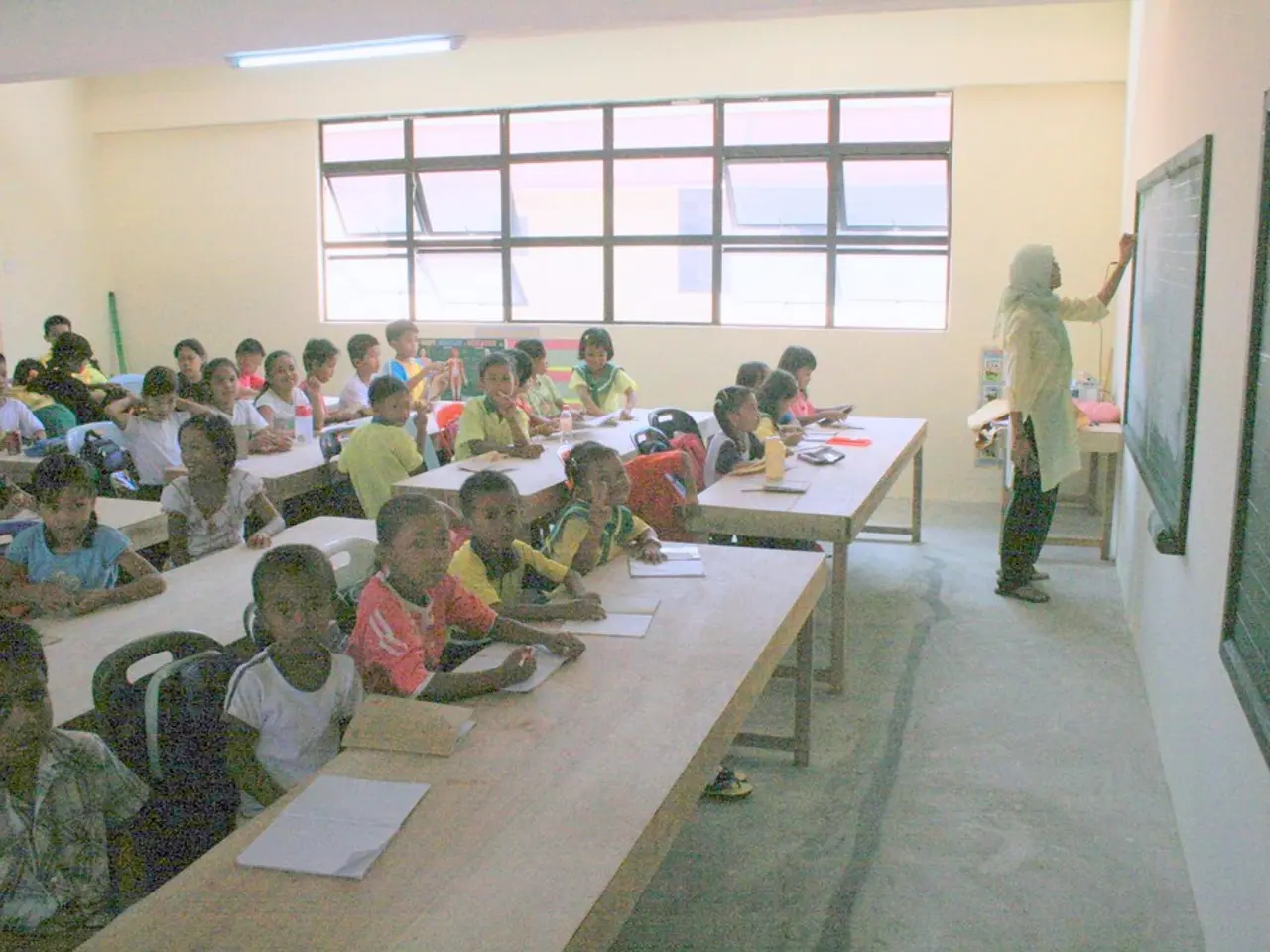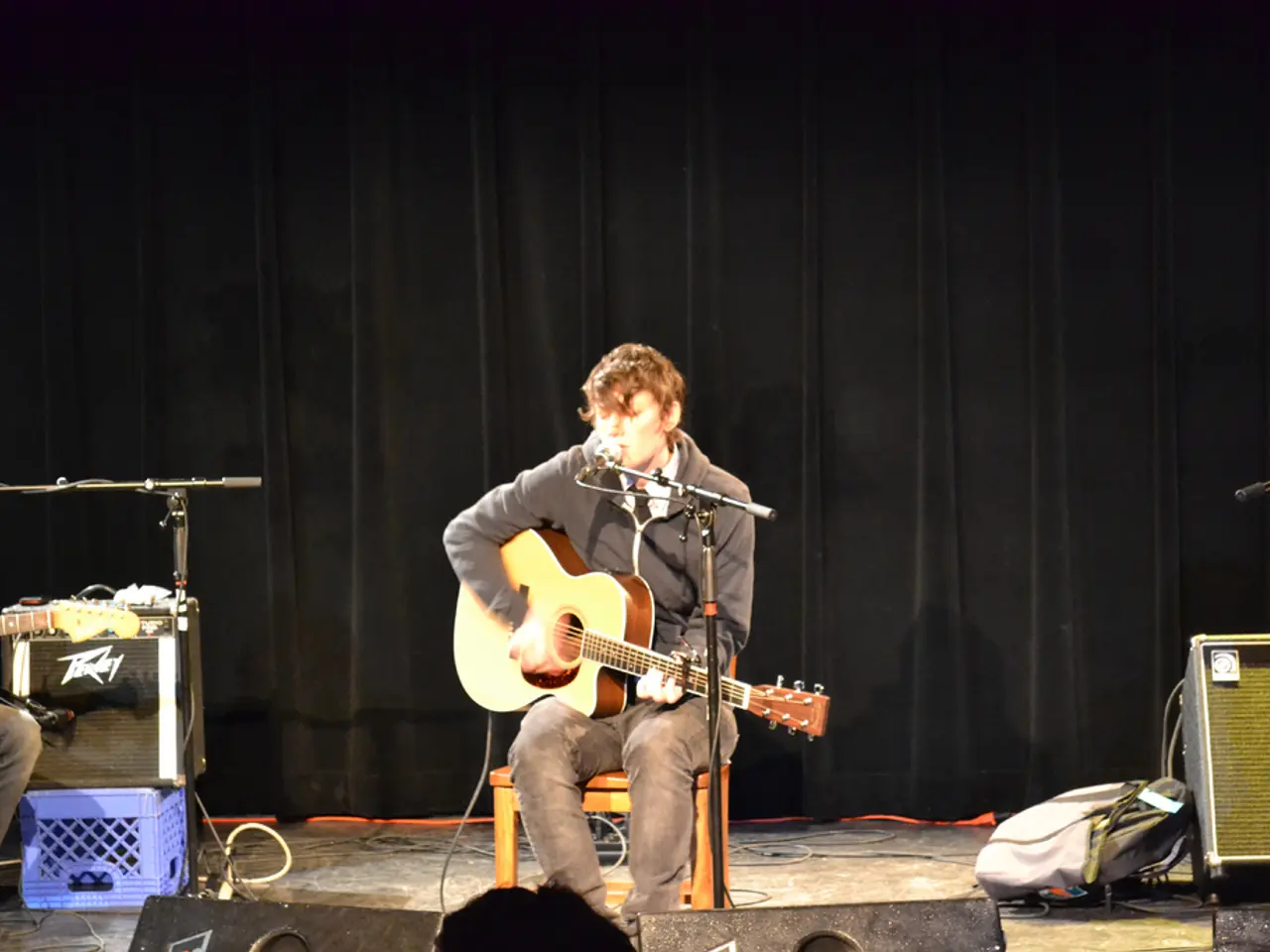"Anxiety over not participating in social events, often intensified by digital media, is increasingly common among high school students, a trend known as FOMO (Fear Of Missing Out) that has grown more pervasive in today's digital era."
In the modern world of social media, high school students are increasingly grappling with the psychological, social, and physical factor known as FOMO (Fear of Missing Out). This phenomenon, fuelled by constant updates and curated posts on platforms like Instagram, Snapchat, and TikTok, creates pressure to stay connected and compare oneself to peers [2][5].
High school, a critical period in personal development, is particularly susceptible to FOMO. The burden of fitting in and adapting socially is more pronounced in high school compared to middle school or college [3]. This pressure, combined with academic demands and the desire for social validation, intensifies feelings of inadequacy and stress [1][5].
The effects of FOMO are far-reaching. High school students often experience increased anxiety and stress, driven by the pressure to keep up with peers both academically and socially [1][2]. This anxiety can lead to social media addiction, as students compulsively check and prolong their use of platforms to avoid missing out [2][5].
Disrupted sleep patterns and reduced downtime are also common, as late-night social media use becomes a regular occurrence [1]. The constant barrage of updates and notifications can exacerbate mental health challenges, such as feelings of overwhelm or emotional drain [1][4].
The impact on mental health is significant, with elevated risks of anxiety disorders, emotional exhaustion, and feelings of inadequacy [1][4]. FOMO can also indirectly affect academic performance through stress and emotional distress, although other factors like alexithymia and school refusal also play roles [3].
The algorithms that drive social media efficiency, designed to maximize user engagement, can exacerbate FOMO. By making social media so efficient, users receive constant notifications and updates about other people's activities, which can fuel a compulsive need to stay updated [2][5].
Consumerism plays a significant role in perpetuating FOMO. Marketers use limited-time offers, exclusive deals, and social proof tactics to fuel a compulsive need for the latest trends or products [6]. This compulsion extends beyond interpersonal relationships, affecting the professional sphere as well, driving individuals to overwork or seek validation [7].
Confidence is a key factor in mitigating social anxiety. Building confidence through authenticity, appearance, identity, or friend groups can help students navigate the pressures of high school and manage their FOMO [8].
In conclusion, social media-driven FOMO is a significant factor in high school students' mental health and well-being, contributing to anxiety, addiction to social media, disrupted sleep, and overall emotional distress. It is closely intertwined with academic and social pressures faced by teens in modern schooling environments [1][2][5]. As we navigate the digital age, it is crucial to cultivate mindfulness and awareness of online behaviors to foster healthier relationships with social media.
- editorially, it's important to address the impact of FOMO (Fear of Missing Out) on high school students, a period crucial for personal development, as they grapple with psychological, social, and physical pressures fueled by social media platforms [2][5].
- In the editorial realm, discussing the features of FOMO and its effects on high school students' mental health, academic performance, and sleep patterns becomes a necessary conversation [1].
- Video content creators could produce documentaries or vlogs relating to lifestyle, mental health, education-and-self-development, and the role of FOMO in shaping high school students' experiences [4].
- In an opinion piece, one might argue that the culture of FOMO, perpetuated by social media and consumerism, reinforces unhealthy patterns of behavior and contributes to high levels of stress and anxiety in high school students [6][7].
- Photographers can capture the visual story of FOMO, documenting the juxtaposition of the digital and physical worlds, and the emotional toll it takes on young people, as a means of raising awareness and fostering a healthier relationship with social media. This concept aligns with broader themes in lifestyle, culture, and technology.




